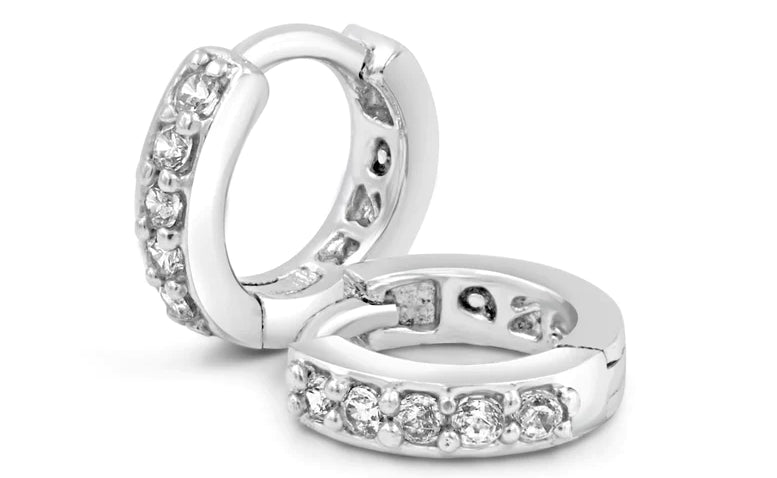All You Need to Know About 925 Silver
Posted by ZARKAN JEWELLERY

If you’ve ever shopped for silver jewellery, you’ve likely come across the term “925 silver.” But what does it mean and why is it so commonly used in jewellery making? In this blog post, we’ll dive into the details of 925 silver and explain why it’s become a popular choice for jewellery enthusiasts around the world. But first, let’s have a look at different types of silver alloys-
Each type of silver alloy has its own unique properties and uses, and the choice of which one to use will depend on the specific application or product being produced.
What Does 925 Silver Mean?
925 silver is a type of sterling silver, which is an alloy made up of 92.5% pure silver and 7.5% other metals, typically copper. The number “925” refers to the percentage of pure silver in the alloy, making it a popular choice for jewellery makers due to its beauty and durability. Sterling silver is also a cost-effective alternative to other precious metals, making it an attractive choice for those looking for high-quality jewellery without breaking the bank.
It’s also worth mentioning that some 925 silver jewelry may contain other precious or semi-precious stones or metals. The quality and value of a piece of 925 silver jewelry can also be influenced by factors such as the craftsmanship, design, and brand.
925 Silver in Jewellery
In addition to its affordability and beauty, 925 silver is also a versatile material that can be easily shaped, moulded, and engraved. This makes it an ideal choice for a wide range of jewellery styles, from simple, minimalist pieces to more intricate designs. It’s also easy to care for and maintain, as it can be easily polished and cleaned to restore its shine and lustre.
One of the reasons that 925 silver has become so popular in the world of jewellery is its durability. Unlike pure silver, which is soft and easily damaged, the addition of other metals to the alloy makes it much stronger and resistant to wear and tear. This means that 925 silver jewellery can be worn every day without fear of it becoming damaged or losing its shine.
However, it’s important to note that 925 silver is still a soft metal and can be susceptible to scratches and dents if not properly cared for. To maintain the beauty and durability of your 925 silver jewellery, it’s recommended to store it in a jewellery box or pouch and to avoid exposing it to harsh chemicals or extreme temperatures.
In conclusion, 925 silver is a popular choice for jewellery making due to its beauty, affordability, versatility, and durability. Whether you’re looking for a simple, elegant piece or a more intricate design, 925 silver is an excellent option to consider. With proper care and maintenance, your 925 silver jewellery can last a lifetime and become a treasured part of your collection.

